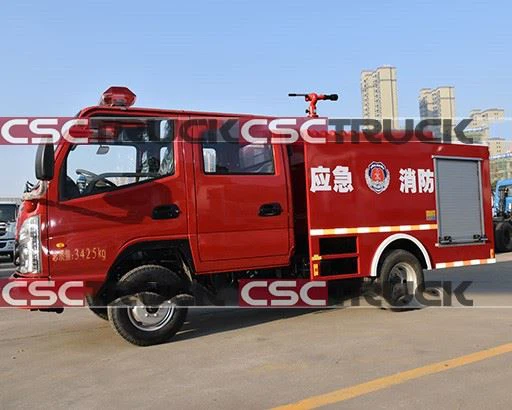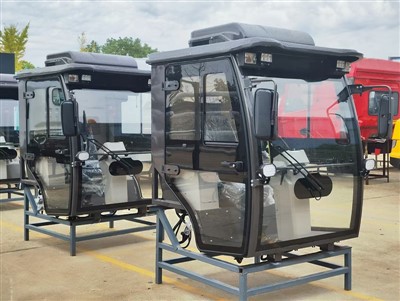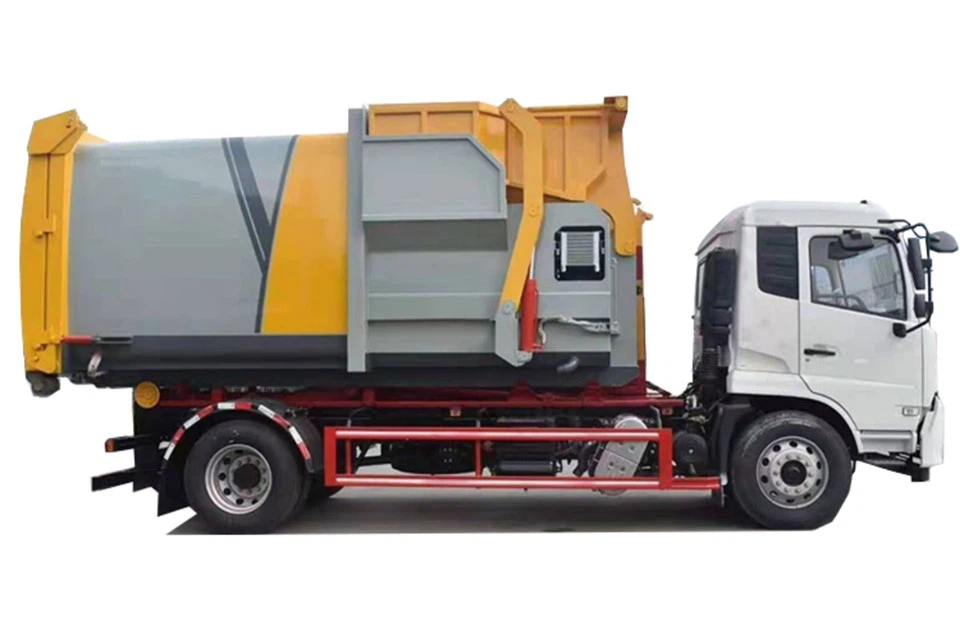Understanding Tipper Tipper: A Comprehensive Guide

The term “tipper tipper” often brings to mind various aspects of vehicles designed for transporting goods, especially in the construction and mining industries. This article delves into the intricacies of tipper tippers, examining their types, uses, advantages, maintenance tips, and more. By the end of this article, readers will have a thorough understanding of what tipper tippers are and their significance in the transportation sector.
What is a Tipper Tipper?
A tipper tipper, commonly known simply as a tipper, is a vehicle equipped with a body that can be tilted to unload its contents. These vehicles are predominantly used in the transportation of loose materials such as sand, gravel, and demolition waste. Leveraging hydraulics, a tipper tipper can efficiently dump its load, enabling quick and easy unloading at construction sites or disposal areas.
The Anatomy of a Tipper Tipper
Key Components
- Chassis: The frame of the vehicle that supports the body and other components.
- Body: A container that holds the materials being transported.
- Hydraulic System: Used to raise and lower the body for unloading purposes.
- Tyres: Designed to support heavy loads and provide traction.
Types of Tipper Tippers
Tipper tippers can be classified into various categories based on their design and intended purpose:
- Front Tipper: Unloads materials from the front, suitable for tight spaces.
- Rear Tipper: Most common type, unloads materials from the rear.
- Side Tipper: Unloads materials from either side, useful for certain types of loads.
- Multi-Axle Tipper: Equipped with more than two axles, designed for heavy loads.
Applications of Tipper Tippers
Tipper tippers are widely utilized across various industries. Here are some common applications:
Construction Sites
At construction sites, tipper tippers transfer materials like sand, gravel, and asphalt, streamlining operations and increasing efficiency.
Mining Operations
In mining, they haul ores and minerals from mines to processing areas, typically navigating rough terrains.
Landscaping
Tipper tippers are used to transport soil, mulch, and other landscape materials for public parks and private gardens.
Benefits of Using Tipper Tippers
Efficiency in Material Handling
Tipper tippers provide significant efficiency by allowing for quick loading and unloading of materials, reducing time spent on logistics.
Versatility
They can handle various materials and navigate different terrains, making them suitable for numerous applications.
Cost-Effectiveness
While the initial investment can be substantial, the long-term savings from reduced labor costs and increased productivity make tipper tippers a cost-effective solution for many businesses.
Choosing the Right Tipper Tipper
When looking for a tipper tipper, consider the following factors:
Load Capacity
Choose a vehicle that meets the specific load requirements for your projects. Tippers come in various load capacities, typically ranging from 3 tons to over 30 tons.
Terrain Suitability
Consider the types of terrain you will be operating in to ensure the tipper is equipped with the appropriate tires and suspension.
Hydraulic System Quality
Look for a reliable hydraulic system that can handle the required lifting capacity without malfunctioning.
Maintenance Tips for Tipper Tippers
Regular maintenance is crucial for ensuring the longevity and performance of your tipper tipper. Here are essential maintenance tips:
Regular Inspections
Conduct routine inspections of the hydraulic system, tires, and the overall vehicle structure to identify and address any issues promptly.

Lubrication
Ensure that all moving parts, especially in the hydraulic system, are adequately lubricated to prevent wear and tear.
Tire Maintenance

Regularly check tire pressure and tread depth to ensure safe operation. Replace tires as necessary.
Practical Examples of Tipper Tippers in Action
Case Study 1: Construction Project
In a recent urban construction project, a fleet of rear tippers was used to transport raw materials, significantly reducing the time taken for material delivery by 30%. The project manager noted a decrease in labor costs thanks to the efficiency of the tipper tippers.
Case Study 2: Mining Operation
A mining company upgraded to multi-axle tippers, which allowed for heavier loads to be hauled efficiently. As a result, the company reported an increase in productivity and a reduction in operational costs.
Frequently Asked Questions (FAQ)
What is the average life span of a tipper tipper?
The average lifespan of a tipper tipper can range from 10 to 20 years, depending largely on the maintenance and frequency of use.
How much weight can a typical tipper trailer carry?
A typical tipper trailer can carry between 10 and 30 tons, but this varies based on the model and configuration.
Can tipper tippers be used for transporting liquids?
Generally, tipper tippers are not designed for transporting liquids as they are not airtight. Specialized tankers are preferred for liquid transportation.
What should I consider when operating a tipper tipper?

Always ensure that the load is evenly distributed, check the hydraulic system, and never exceed the vehicle’s load capacity.
Is insurance necessary for using a tipper tipper?
Yes, appropriate insurance is essential to cover potential damages and liabilities that may arise during operation.
What are the environmental considerations when using a tipper tipper?
It is important to consider noise pollution, emissions, and potential spillages. Regular maintenance and efficient operational practices can mitigate these impacts.
